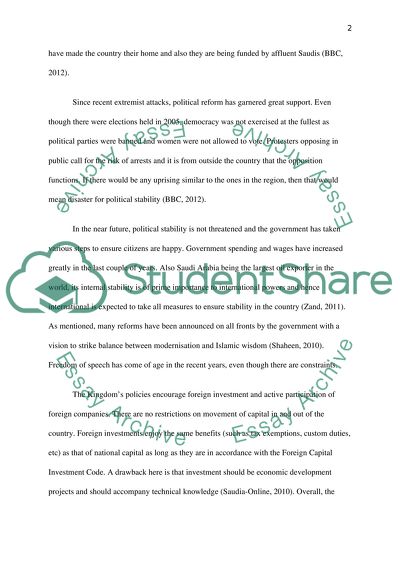Cite this document
(“Saudi Arabia - Pestle Analysis Research Paper Example | Topics and Well Written Essays - 1750 words”, n.d.)
Retrieved from https://studentshare.org/macro-microeconomics/1445152-bahrain
Retrieved from https://studentshare.org/macro-microeconomics/1445152-bahrain
(Saudi Arabia - Pestle Analysis Research Paper Example | Topics and Well Written Essays - 1750 Words)
https://studentshare.org/macro-microeconomics/1445152-bahrain.
https://studentshare.org/macro-microeconomics/1445152-bahrain.
“Saudi Arabia - Pestle Analysis Research Paper Example | Topics and Well Written Essays - 1750 Words”, n.d. https://studentshare.org/macro-microeconomics/1445152-bahrain.


